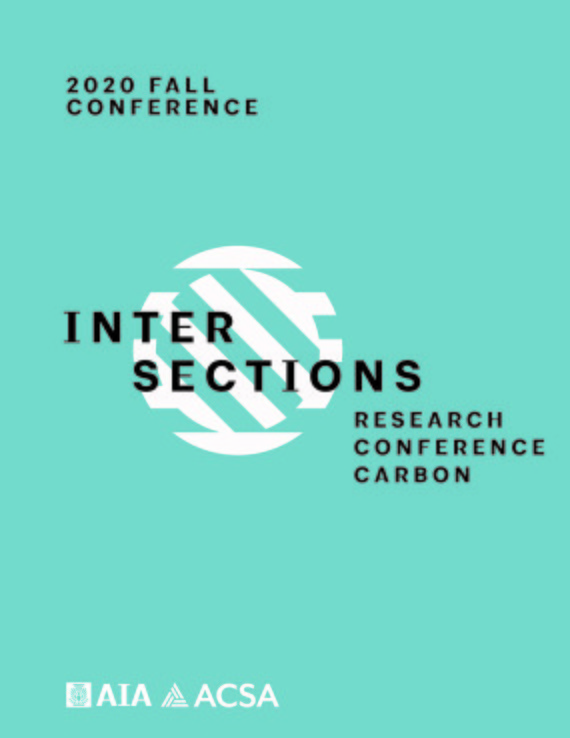Author(s): James Leach & Kristin Nelson
In an October 2017 article in Architect Magazine, editor Ned Cramer identified climate change as “the fundamental design problem of our time.”1 In the same article, he described the considerable impact – nearly 40% of annual world carbon emissions2 – that buildings contribute to this problem, and called for change in the industry. In February of 2019, the American Institute of Architects (AIA) publicly endorsed the Green New Deal, and in September, the AIA board ratified Resolution 19-11, referred to as The Big Move, which “declares an urgent imperative for carbon reduction.”3 This resolution also advances the development of the Awards Common Application, which will require the disclosure of building energy performance metrics, and will use the Committee on the Environment Top Ten Measures for ethical and responsible design, in the consideration of all AIA Design Excellence Awards submittals.4 These policy developments indicate a recognition within the architecture industry of the necessity to mainstream climate action and zero-carbon design. More recently, the 2020 National Architectural Accrediting Boards (NAAB) Conditions for Accreditation emphasize the same responsibility for educational institutions, identifying “Ecological Knowledge and Responsibility” as a key criteria of program evaluation (PC.3).5 This is reinforced by the addition of the requirements that student work demonstrate “the ability to make design decisions” while considering “the measurable environmental impacts” and “the measurable outcomes of building performance” within the framework of a successful architectural design project.
https://doi.org/10.35483/ACSA.AIA.FallInterCarbon.20.08
Volume Editors
Corey T. Griffin & Erica Cochran Hameen
ISBN
978-1-944214-35-7

 Study Architecture
Study Architecture  ProPEL
ProPEL 
